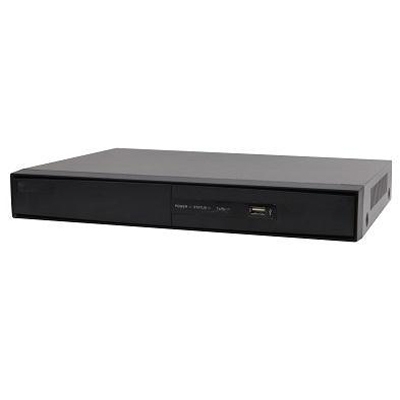Menlo Security, a globally renowned company in cloud security, has announced that it has released the HEAT Security Assessment Toolkit, designed to provide organisations with the ability to assess their levels of protection and current exposure to Highly Evasive Adaptive Threats (HEAT).
Since July 2021, Menlo Security has seen a 224% increase in HEAT attacks. These attacks allow threat actors to deliver malicious content, including ransomware, to the endpoint by adapting to the targeted environment.
HEAT Security Assessment Toolkit
The HEAT Security Assessment Toolkit includes a HEAT Check test and a HEAT Analyzer that runs on the Splunk Platform. The HEAT Check enables customers to run a light penetration test, in order to identify if they are susceptible to HEAT attacks.
The Menlo Security HEAT Analyzer App for Splunk provides organisations with visibility around HEAT attacks that their network may have been exposed to over the past 30 days.
What is a Highly Evasive Adaptive Threats (HEAT) attack?
Highly Evasive Adaptive Threats (HEAT) are a class of cyber threats targeting web browsers as the attack vector and employs techniques to evade multiple layers of detection in current security stacks including firewalls, Secure Web Gateways, sandbox analysis, URL Reputation, and phishing detection.
HEAT attacks are used as the initial access point to deliver malware or to compromise credentials
HEAT attacks are used as the initial access point to deliver malware or to compromise credentials, which in many cases leads to ransomware attacks.
“Ransomware, data and credential theft and other malware are on the rise. Couple this with the Log4J vulnerability, the Lazarus and Conti groups increased attacks targeting web browsers and the result is security teams worldwide facing a nearly non-stop barrage of incidents,” said John Grady, Senior Analyst at Enterprise Strategy Group - ESG, adding “Tools such as the HEAT Security Assessment can help ensure companies are aware of potential attacks before they have a chance to happen.”
Lightweight penetration and exposure assessment
The HEAT Security Assessment Toolkit provides a lightweight penetration and exposure assessment, in order to help an organisation better understand their susceptibility to HEAT attacks.
“HEAT attacks are defined by the techniques that adversaries are increasingly using to evade detection by traditional security tools,” said Mark Guntrip, the Senior Director of Cyber Security Strategy at Menlo Security.
Mark Guntrip adds, “HEAT techniques can be used individually or in combination for any type of attack that targets the user, endpoint, or applications, including ransomware. The HEAT Security Assessment Toolkit is critical to helping companies ensure they are protected against these attacks.”
HEAT Check
The HEAT Check enables customers to run a light penetration test to find if they are susceptible to HEAT attacks
The HEAT Check enables customers to run a light penetration test to find if they are susceptible to HEAT attacks. The assessment leverages several real-world HEAT attacks currently being used by threat actors, safely enabling the user to determine their exposure.
The HEAT Check does not deliver actual malicious content. It uses an industry standard EICAR file to test an organisation’s existing HEAT exposure. If the EICAR file is delivered without triggering an alert inside an organisation’s current security stack, then the security technology is not providing the requisite level of protection to defend against HEAT attacks.
Menlo Security HEAT Analyzer
To assess current HEAT exposure, the HEAT Analyzer, now available on Splunkbase, provides organisations with visibility around HEAT attacks that their network may have been exposed to over the past 30 days. This assessment tool analyses the company’s web traffic to determine the scale of HEAT exposure currently in their network and identifies the associated websites that were accessed.
The Menlo Security HEAT Analyzer provides organisations with a simple and effective way to perform a URL & category analysis of the visited websites. The HEAT Analyzer Report will highlight a customer’s exposure to HEAT attacks, as well as the number of legacy URL reputation evasions, including click time mis-categorisations, specific categories serving up Legacy URL Reputation Evasion techniques (LUREs), as well as frequently seen domains.




























